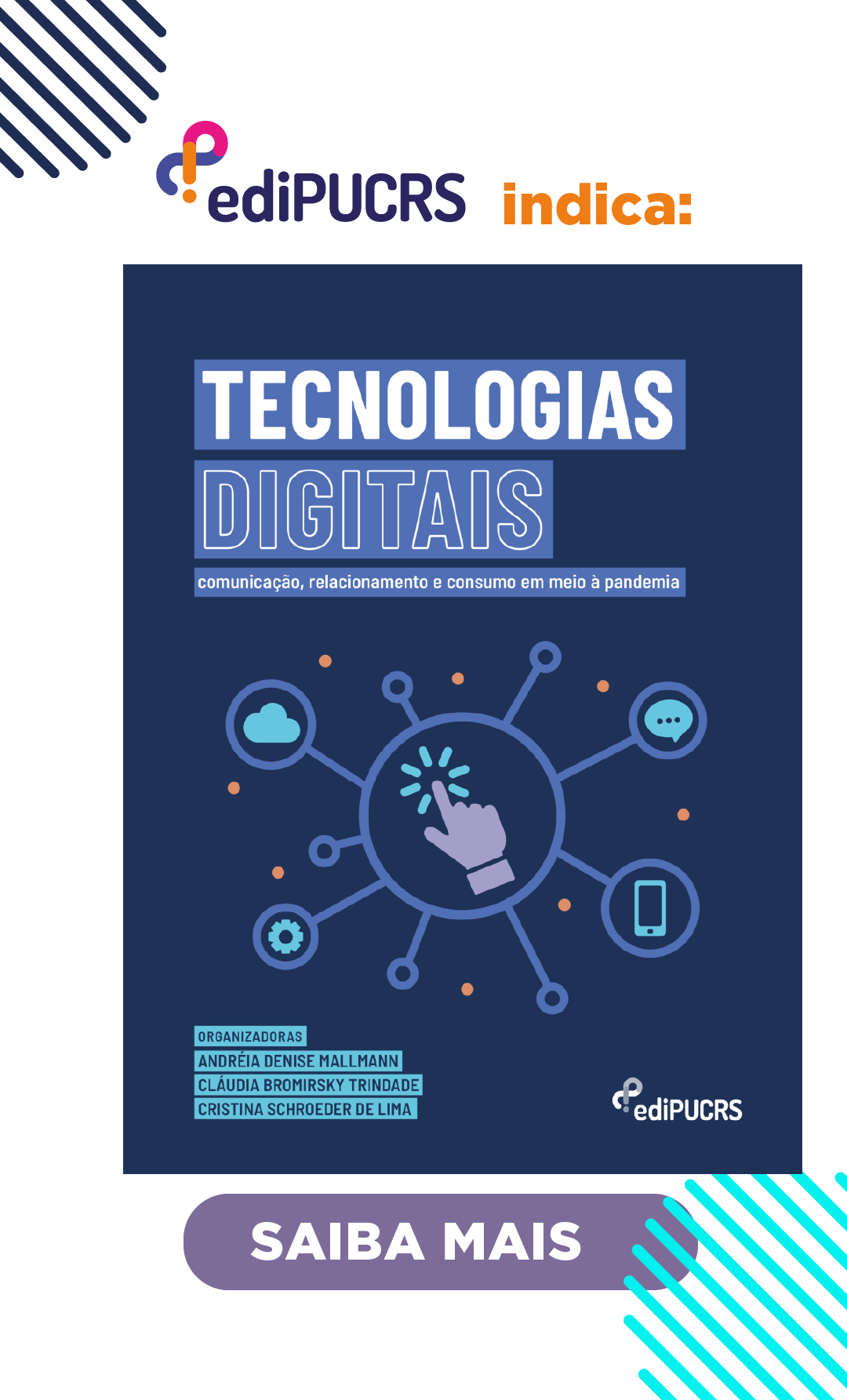Dangerous relations: self-help, media and biopower
DOI:
https://doi.org/10.15448/1980-3729.2012.2.12316Keywords:
Self help, media, subjectivity, capitalism, biopowerAbstract
The self-help phenomenon deserves our interest as communication sciences research. Its immediate visibility can be founded on the numerous publications about self-help being produced in Brazil and all over the world with expressive numbers printed; besides it is present in many literary genders, conquers audio-visual products and generates social behaviors as the trend, such as Cabala and other oriental mysticisms. This great success can be understood in relation to capitalist reality nowadays, when each man should be the entrepreneur of himself, improving competences that could increase his biocapital and excluding habits that could depreciate it. Self-help presents itself with two goals axis, the first one is related to food for the soul, in which key words would be: self-esteem, self-knowledge, comfort and happiness; the second one is of pragmatic nature, identified by success, money, prestige, beauty and health. In that manner, achieves a marketing operation, one emotional narrative compatible with biopower.Downloads
References
BAUER, Martin W.; GASKELL, Georges. Pesquisa qualitativa com texto, imagem e som. Petrópolis: Vozes, 2003.
BOLTANSKI, Luc; CHIAFELLO, Éve, O novo espírito do capitalismo. São Paulo: Martins Fontes, 2008.
BRAGANÇA DE MIRANDA, José. A cultura como problema. In: Tendências da Cultura Contemporânea, revista de Comunicação e Linguagens, Lisboa: Relógio d’Água, n. 28, out. 2000.
BUKATMAN, Scott. Terminal identity – The virtual subject in post-modern science fiction. New York: Duke University Press, 1993.
CANGUILLEN, Georges. La santé: concept vulgaire et question philosophique. Paris: Sable, 1990.
CASTEL, Robert. A insegurança social: o que é ser protegido? Rio de Janeiro: Vozes, 2003.
DOUGLAS, Mary. Pureza e perigo. Lisboa: Edições 70, 1991.
EHRENBERG, Alain. La fatigue d´être soi. Paris: Odile Jacob, 2000.
______. La societé du malaise, Paris: Odile Jacob, 2010.
FOUCAULT, Michel. A vontade de saber, História da Sexualidade I. Rio de Janeiro: Graal, 1984.
______. Le Souci de Soi – Histoire de la Sexualité III. Paris: Gallimard, 1984.
______. Naissance de la biopolitique, Cours au Collège de France, 1978-1979. Paris: Gallimard-Seuil, 2004.
FREIRE FILHO, João (Org.). Ser feliz hoje: reflexões sobre o imperativo da felicidade. Rio de Janeiro: Editora FGV, 2010.
MANSFIED, Nick. Theories of the self from Freud to Haraway. New York: New York University Press, 2000.
MOSCOVICI, Serge. A representação social da psicanálise. Rio de Janeiro: Zahar, 1978.
RABINOV, Paul. Artificiality and Enlightment, from sociobiology to biosociality. New Jersey: Princeton University Press, 1996.
ROSE, Nicholas. The politics of life itself. Biomedicine, power and subjetctivity in the twenty-first century. New Jersey: Princeton University Express, 2007.
SALMON, Christian. Kate Moss machine. Paris: Ed de la Découverte, 2010.
SLOTERDIJK, Peter. Regras para o parque humano. São Paulo: Estação Liberdade, 2000.
STEINER, Georges (Org.). A ciência terá limites? Lisboa: Fundação Calouste Gulbenkian, 2008.
TAYLOR, Charles. As fontes do self: a construção da identidade moderna. Rio de Janeiro: Loyola, 1997.
TUCHERMAN, Ieda. Breve história do corpo e de seus monstros. Lisboa: Veja, 1999.
______. Biopolítica, mídia e autoajuda: segredo ou sintoma?Revista Galáxia, PUC-SP, 2010.
Downloads
How to Cite
Issue
Section
License
Derechos de Autor
La sumisión de originales para la Revista Famecos implica la transferencia, por los autores, de los derechos de publicación. El copyright de los artículos de esta revista es el autor, junto con los derechos de la revista a la primera publicación. Los autores sólo podrán utilizar los mismos resultados en otras publicaciones indicando claramente a Revista Famecos como el medio de la publicación original.
Creative Commons License
Excepto donde especificado de modo diferente, se aplican a la materia publicada en este periódico los términos de una licencia Creative Commons Atribución 4.0 Internacional, que permite el uso irrestricto, la distribución y la reproducción en cualquier medio siempre y cuando la publicación original sea correctamente citada.






